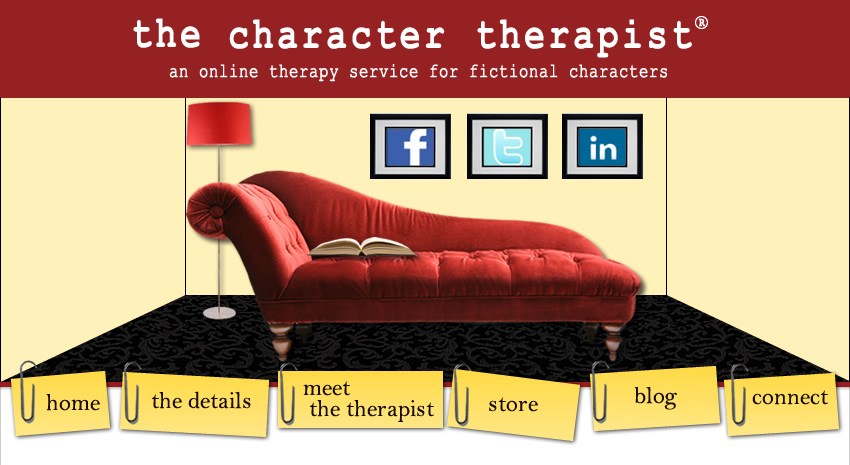In essence, you take a character's--or person's--automatic thought about a certain situation or person or event and keep asking "What does this say about me?" until you arrive at the core belief underlying the thought and the associated assumptions.
I'll give an example below. A woman is eating with a coworker in the cafeteria at work. She's had a date or two with a guy from the Human Resource Department two floors up, but he hasn't called since she told him about her sister in rehab. She sees him across the room, and he waves, but doesn't come over.
Here, she has the following automatic thought:
It might seem like quite a jump from one to the other. But it's really not. People often try to soften the blow themselves by covering it up with something a little more palatable. In this woman's case, saying that she doesn't think Jake likes her is way more digestible than saying she's unlovable.
But therapists know that you have to get to the root of the thought, the core belief, before healing can really begin. Usually, that core belief is faulty, a lie. Identifying it is the start of an uphill battle to change it.
You can also use this method to determine a character's view about others and the world. You gather the automatic thought the person has about the world and you begin the downward arrow technique until you reach their underlying core belief.
Let's analyze: Do you think it's too far a jump to go from the automatic thought to the core belief as I've outlined above? Why or why not?
Click here for a chance to win Erica Vetsch's A Bride's Portrait of Dodge City, Kansas!








